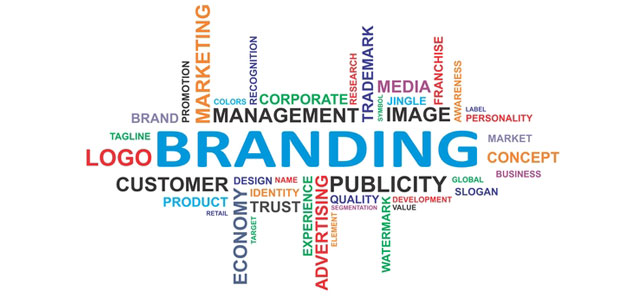Welcome to the first in a series of branding-related posts called Branding 101. In it, we discuss the basics of branding and how you can leverage this powerful tool to build up your business.
As an entrepreneur, you may know a lot of things about your business and the industry in which you’re competing, but you might not be clear with the concept of branding. Sure, you hear about it all the time from marketing gurus and industry magazines, but it’s difficult to employ it in an effective manner if you don’t understand what branding is in the first place.
What is Branding?
Branding 101 starts with understanding what exactly a brand is. Branding is a system of identifying a product, service, or company as unique and differentiating it from the competition. While this can be argued as being called “positioning”, I like to think of it this way so you are clear on what you would need to do when it comes to branding.
Branding can also be defined as the experience that your target audience get when they come in contact with your brand, product or service.
On a visual level, this can be done through names, images, designs, or other identifying features as well as a robust message strategy.
Many companies employ a combination of methods in order to establish a unique brand. Coca Cola, for example, uses a mix of color, name, logo font, and a distinct product shape (the legendary Coke Bottle) to establish its identity. That’s not even counting the taste of the product itself. On top of that, they have a perception that they have meticulously build up over the years through their messaging, advertising and their message.
What is a Brand Identity?
The next piece of the puzzle when it comes to branding 101 is the concept of a brand identity. A brand identity is the expression of how you want your business to be perceived. You can develop one through a combination of means, such as your name, your logo, your marketing communications, and your trademarks. Design agencies can help you develop one from scratch if you don’t have one already or would like to improve upon it.
Always consider your brand identity as a system that contains not just your logo design but a system of supporting branding assets such as secondary brand marks, official brand patterns, icons and more.
When creating any kind of marketing campaign, always refer to a brand development checklist to ensure that your brand identity stays consistent.
What is a Brand Image?
The third piece of the branding 101 puzzle is the brand image which is how your company is really viewed by the public. This may or may not be consistent with your chosen brand identity. You can usually identify this by paying attention to customer feedback, surveys, or focus groups.
When your brand identity is inconsistent with your brand image, it may be time for a rebrand. The best way to keep ahead of this is to have a brand consistency checklist that you refer back to frequently as you craft your brand messages.
What is a Rebrand?
And finally, we look at the idea of a rebrand which is an effort to repackage your company’s brand identity. There are many reasons for doing this: a company merger, inconsistent brand identity, and changes in your company’s strategy are just a few. Rebranding should be done carefully. If it’s not done right, you might not be able to overcome your previous brand’s image problems.
Can a Company Have Multiple Brands?
Absolutely! Many companies have different brands for different targeted markets. Car manufacturers, for instance, have a luxury brand model for wealthy customers, while at the same time having a low-cost brand for customers with smaller disposable income. Corporations that own multiple companies have unique brands for each one so they don’t end up competing with each other for the same customers. However, it is very important not to confuse the various brands or end up killing the brand website by overloading them with a lot of visual languages.
What is Brand Awareness?
Brand awareness is the extent that customers recognize your brand and associate it with the service/product they want to buy.
While advertising and marketing does play a part in developing name recall, one should not ignore the quality of your product and a customer’s experience with it. If customers are happy with what you have to offer, then they will become your advocate and spread your brand through word of mouth, which is the most powerful form of marketing there is.

